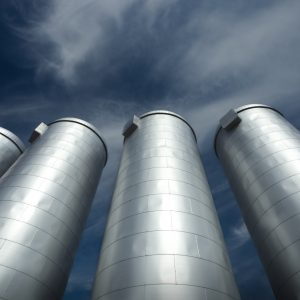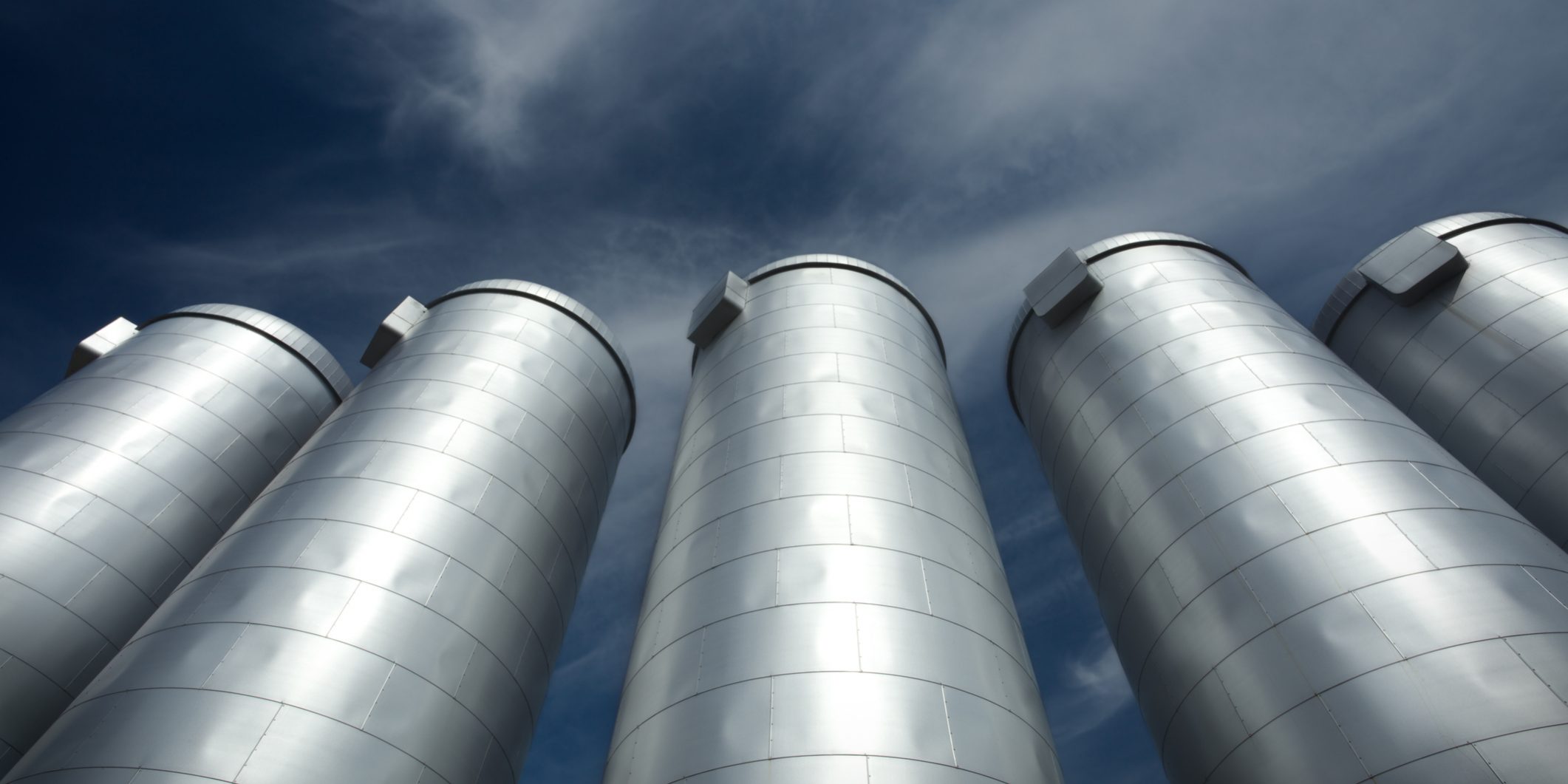
Engulfment risks are some of the most overlooked hazards in agricultural operations.
The most common types of engulfment hazards are in grain silos, where a worker can quickly become trapped and buried by a sudden flow of grain. But there are also a number of engulfment hazards besides grain silos.
Workers can also be engulfed by soil, manure or gravel, or submerged in a liquid such as water, wine or fertilizer.
The engulfing material can cause injury or death by constriction, crushing or strangulation — or by suffocation from breathing the substance into the lungs or from drowning in liquid material.
These are some of the most dangerous hazards in agricultural settings, and it’s vital that workers are instructed in safety protocols, rescue operations and the use of life-safety equipment.
Trenches and pits
Workers can be exposed to engulfment hazards in open pits, and trenches if the sides cave in or there’s a soil collapse.
All pits and trenches should have proper shoring and sloping, exit ladders, and be inspected daily for safety. Vehicles and other heavy equipment should be kept away from these sites, as their weight or vibration could trigger unplanned earth movement.
If the material shifts or slides, large piles of loose granular material could engulf a worker. All workers should be trained not to stand, climb or walk on such piles without safety equipment like a body harness or a hoist with a boatswain’s chair.
Confined spaces
Confined spaces like silos, vats, tanks or hoppers also pose engulfment dangers. Workers are exposed if they enter one of these spaces for maintenance, cleaning or repair. They are also exposed if they work above oversized containers or storage bins to load or unclog material.
When large, open containers or bins are on-site, workers should be instructed on the hazards associated with them and with the materials kept inside them. Large, open containers should have a railing and toe board around them.
If there’s no railing, there should be a grate or walkway with railings. When work is necessary over or in a container without railings or a grate, workers should wear safety harnesses with retrieval lines.
Whenever a worker must enter a container, there should be at least one other “buddy” worker positioned outside who has been trained in safety and rescue procedures.
OSHA requires lockout/blockout practices to be strictly enforced to ensure that mechanical moving parts cannot be activated and cause a shift in materials above or below the worker that may result in them being engulfed by the material.
Engulfment incidents can be prevented with worker training in hazard awareness and emergency response.
Make sure that your workers avoid entering a grain storage bin if at all possible. If they must enter, OSHA says they must follow these rules:
- Turn off and disconnect, lock out or block off all powered equipment, especially grain-moving equipment like augers.
- Use a body harness with an anchored lifeline or boatswain chair when entering from a level at or above stored grain.
- Test the bin’s air to ensure there is enough oxygen and no toxic and/or flammable gas.
- Do not walk on or “down” the grain to make it flow.
- Do not enter on or below bridged grain or when grain is built up on sides.
- Do not enter without having rescue equipment and a rescue-trained observer stationed outside who is in constant contact with you.
- Confirm from your employer’s issued entry permit that all safety precautions are in place and it is safe to enter.
FAST FACTS: Grain Bins and Silos
Five seconds: That is how quickly a worker can become engulfed in flowing grain and be unable to get out.
60 seconds: That is how quickly a worker can be completely submerged in flowing grain. More than half of all grain engulfments result in death by suffocation.
900 cases: In the past 50 years, that’s how many grain engulfment cases have been reported in the United States, with a fatality rate of 62%, according to researchers at Purdue University in Indiana.
For more safety information, visit OSHA’s grain bin engulfment and suffocation page.
The page also has an illustrated wallet card that you can print out and distribute to your workers.


